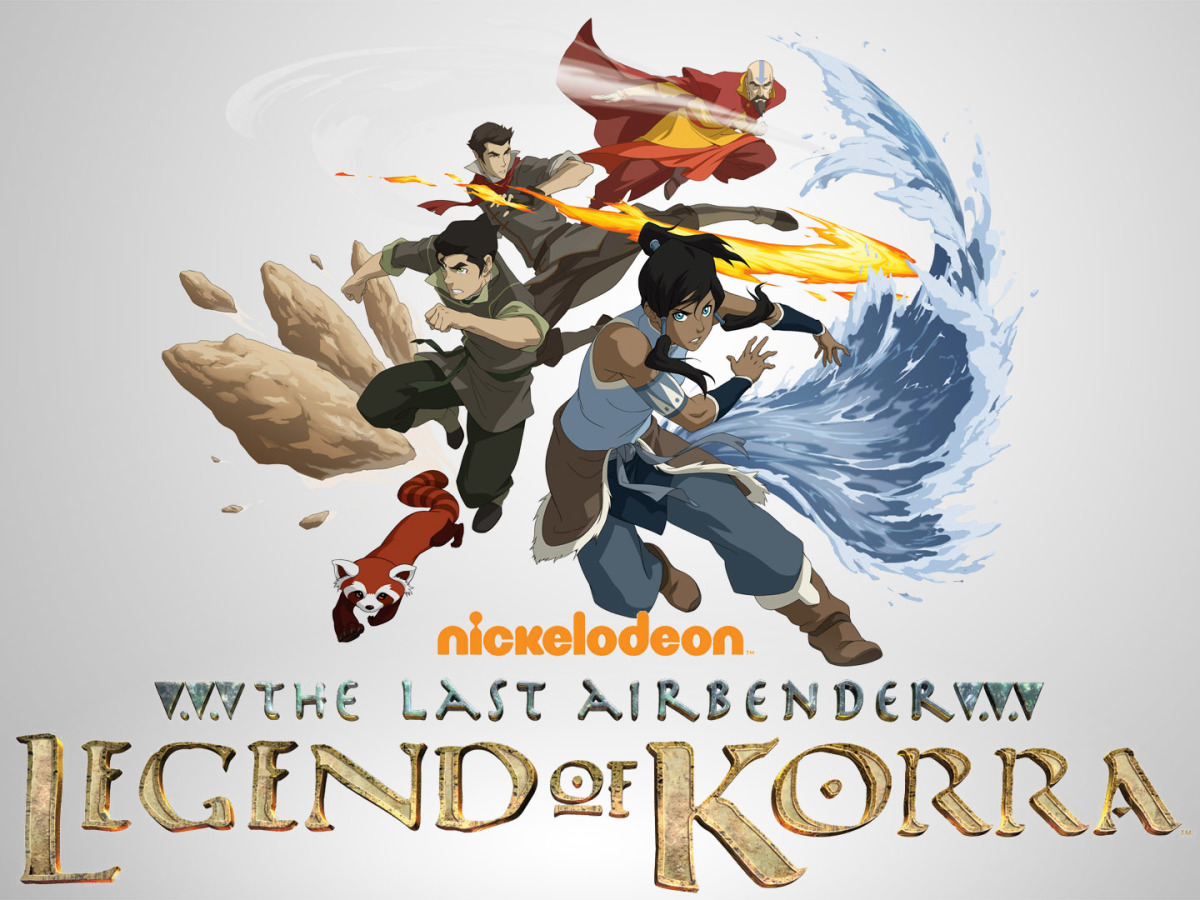Be the leaf.
And I was. I waited patiently by the fireplace, sipping whiskey and reading Tolstoy for six weeks until “The Legend of Korra” premiered online for its fourth “book” (i.e., “season”).
“The Legend of Korra” is the sequel to Nickelodeon’s original series, “Avatar: The Last Airbender.” In a world where “benders” are able to control one of the four elements. The protagonist, Aang, struggled to embrace his turbulent role as “Avatar,” the spirit of light incarnate and sole master of all four elements. “Avatar” was acclaimed for its dynamic characters, tackling of moral issues, and fascinating blend of Eastern culture, philosophy, and martial arts in a children’s show that skillfully tackled mature themes.
Set three years after the events of Book 3 left Korra in a crippling depression, Book 4: “Balance” begins with a self-exiled Korra struggling with mental and physical trauma.
Episode 2, “Korra Alone,” is storytelling at its greatest: The episode paces slowly, crafting a raw look into her broken spirit, a sadness that previous books hinted at but left little room to explore in favor of action. “Korra Alone” uses deceptively simple flashbacks to weave Korra’s complex emotional threads together into her current state of isolation. The bottle episode captures the emotion that made “Avatar” so great, and sets clear Book 4’s unique window of introspection.
“Balance” guided by composer Jeremy Zuckerman’s epic music and Studio Mir’s pristine animation, the two intermingle to form the enchanting Avatar universe. The delicate shimmering of a blue-green lake over the erhus as Korra cuts her hair is a powerful symbol of transformation balanced by stunning sound and color.
“Korra,” whose seasonal formula is to convert a historical extremism into a threat (whether it be Book 1’s proletarian revolution, Book 2’s state secession and civil war, underlying spiritual fanaticism, or Book 3’s anarcho-terrorists), tackling modern issues of imperialism, geopolitics, and military dictatorship with Book 4’s antagonist, Kuvira the “Great Uniter” (voiced by Zelda Williams, daughter of the late Robin). “Balance” might even be the most critical look at the West so far: Kuvira’s exploitation of the earth Kingdom ore (ahem, oil) makes us question our own relations with the nations, we too, claim to aid yet exploit.
Book 4’s storytelling further delves into the poetic: Kuvira is Korra; she takes the same personality and motivations of unity as does the Avatar. As such, Korra’s journey comes full circle: She must fight her insecurities through both her internal hallucinations and the external threat of Kuvira, whose Hindi name, meaning “courageous woman” reflects a strength Korra seeks to regain.
However, the shift in storytelling doesn’t yet repair the staleness of character relationships. Premiere episode “After All These Years” fails to give the same level of development in Korra’s arc as with characters Asami, Bolin, and Mako. The rest of Korra’s crew returns, still overshadowed and emotionally underdeveloped.
Nevertheless, “The Legend of Korra” returns poignant and strong, and finally coronates Korra into its own greatness separate from its predecessor. If Aang followed the acceptance of responsibility, Korra follows acceptance of self. “Balance” immediately makes that clear: Each of Korras past pitfalls was meant to inch her away from her role as Avatar and into her simple comfort as a human being, clearing criticism that Korra’s charcater lacked development as each book progressed. It is this journey of identity that makes the series loved by kids and adults alike, and also what makes it relevant to us high schoolers preparing to enter the big, scary world.
Now if only I could metalbend my way into college…

